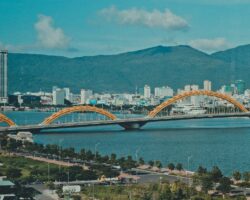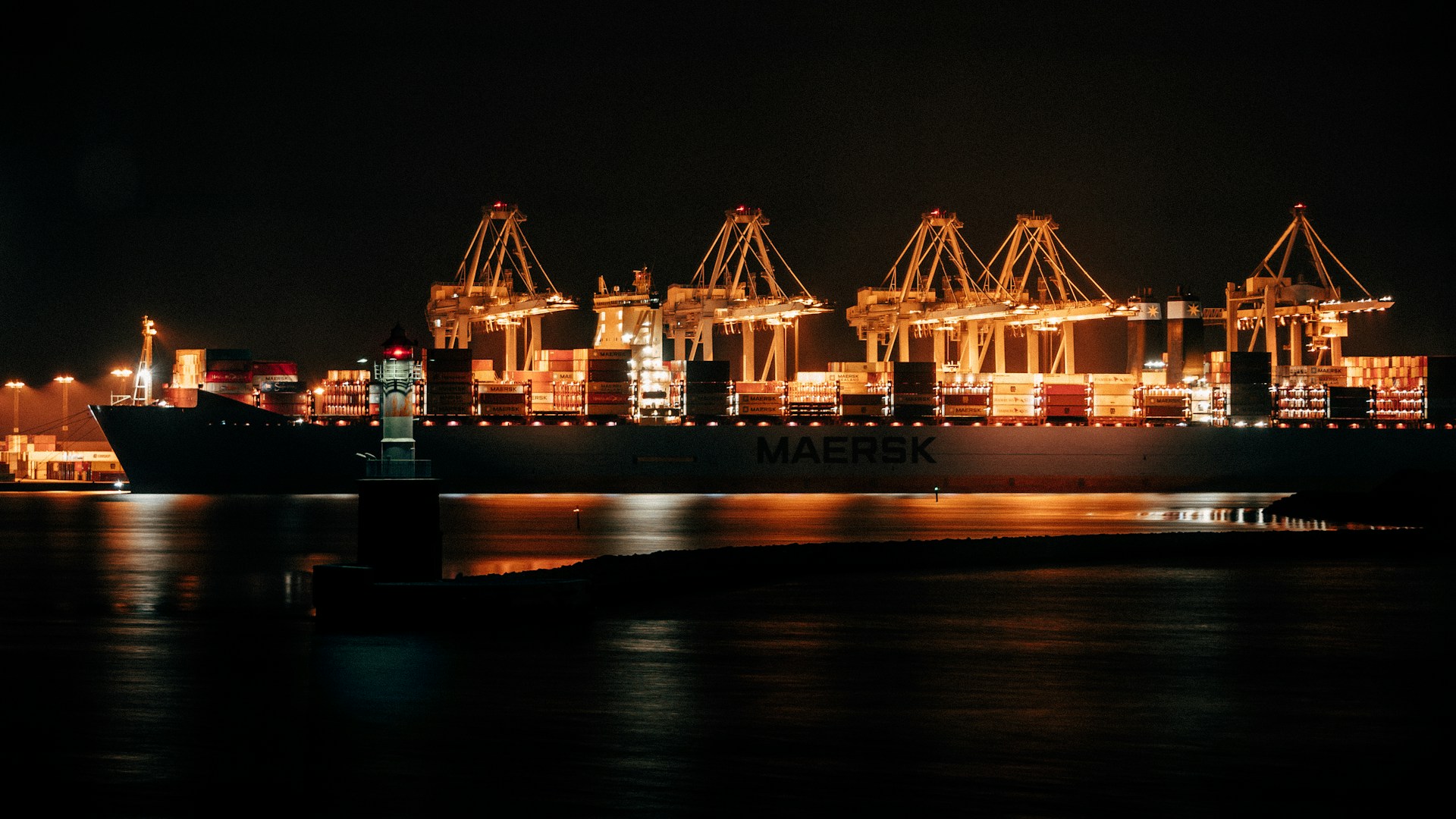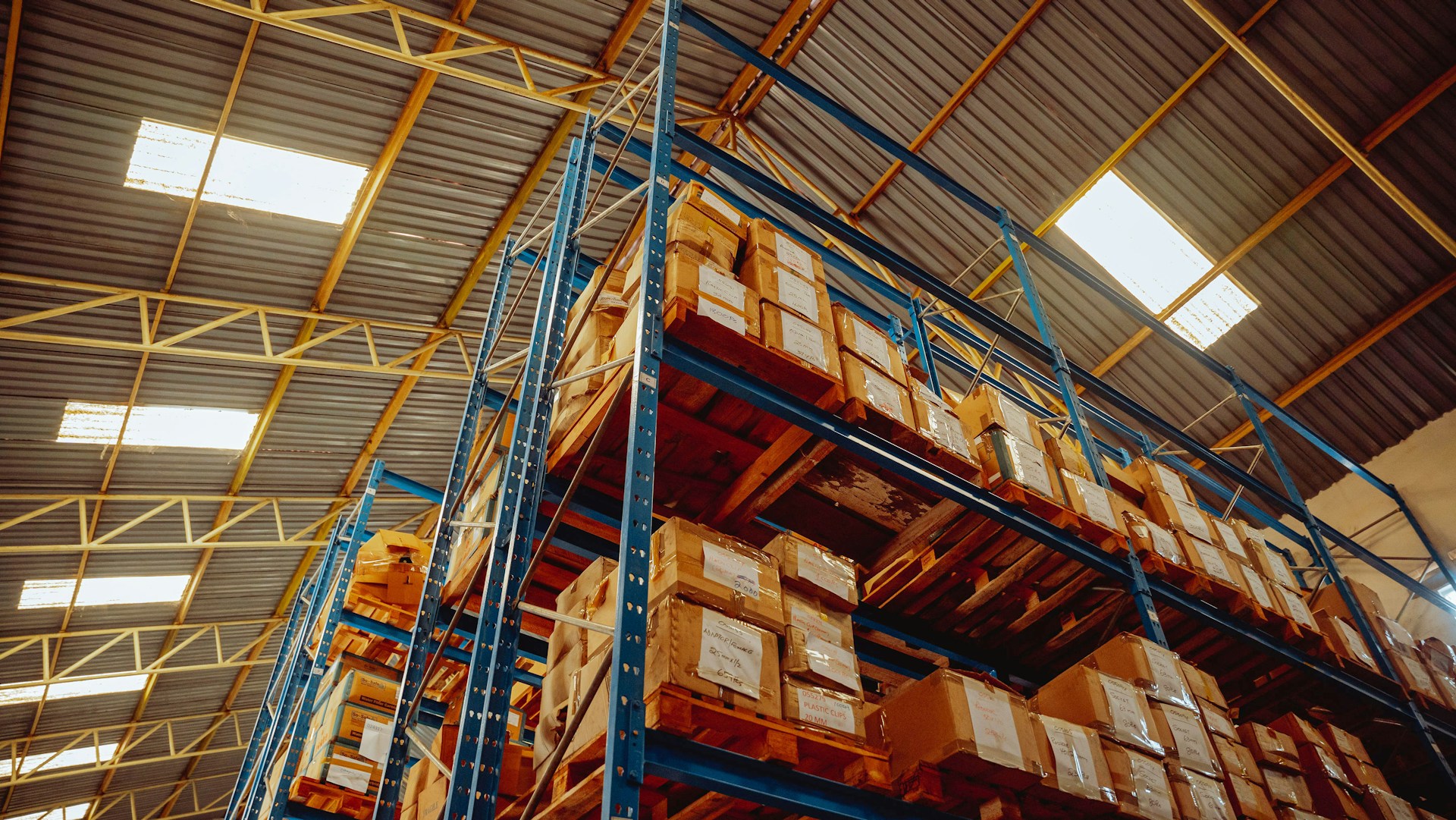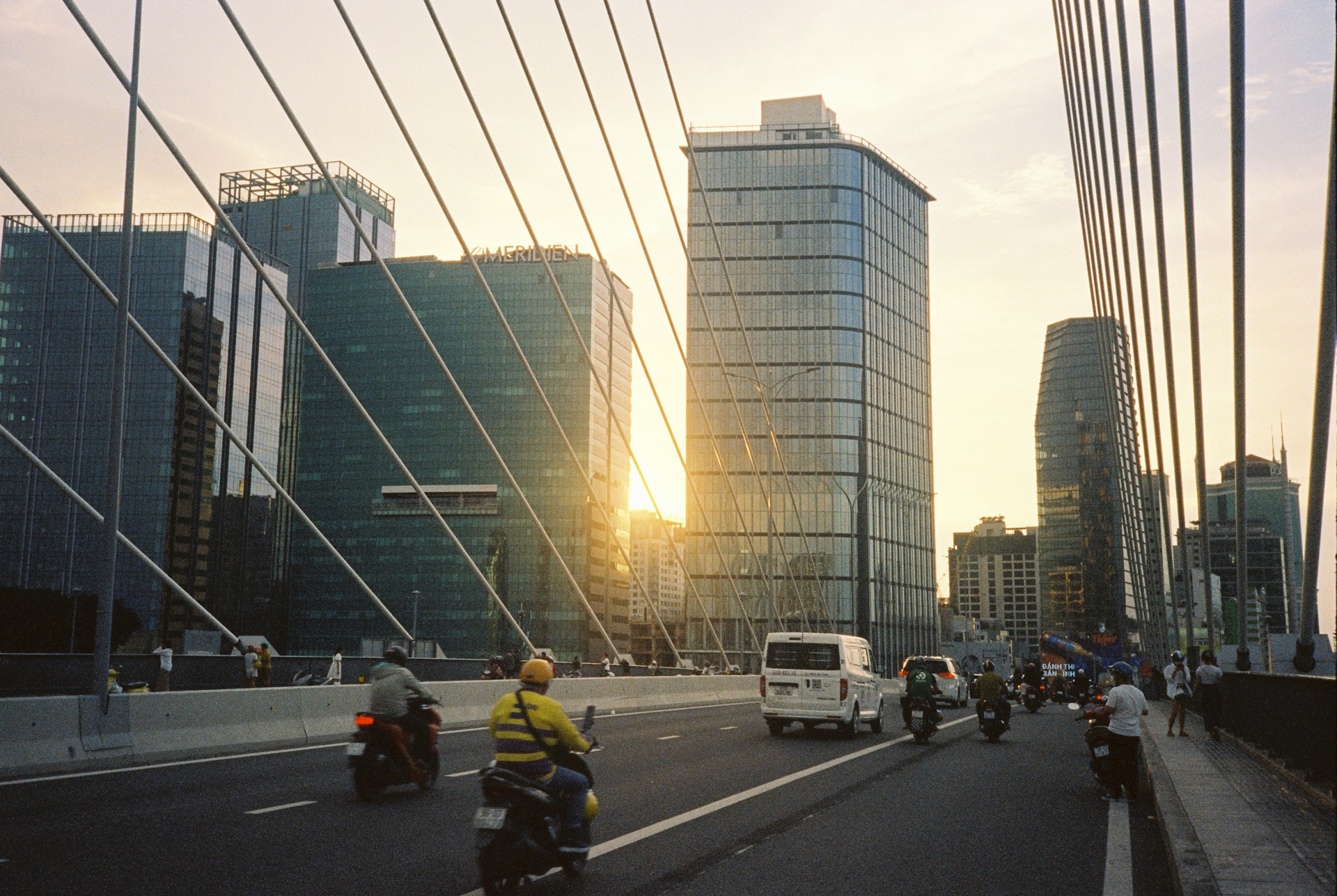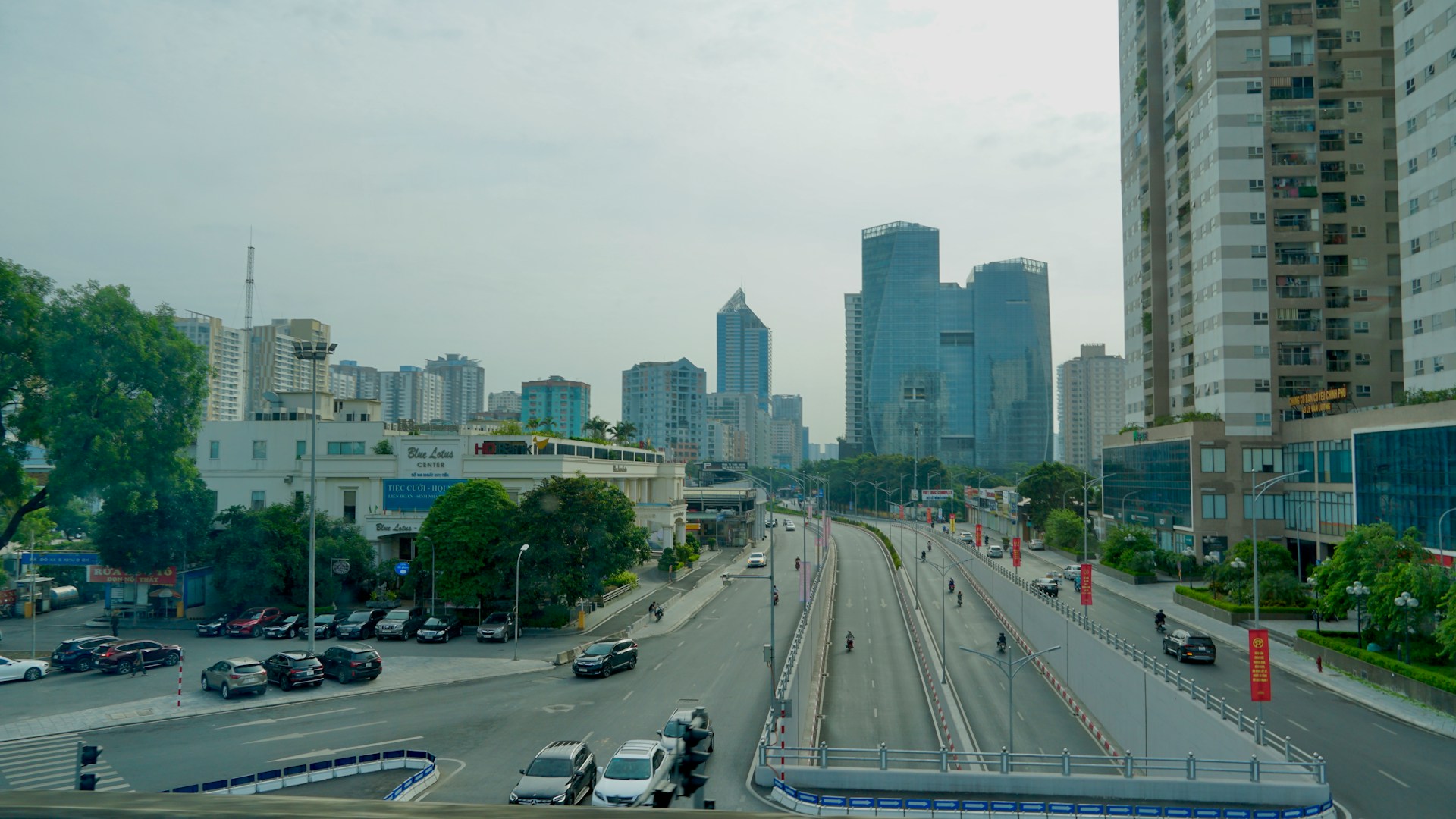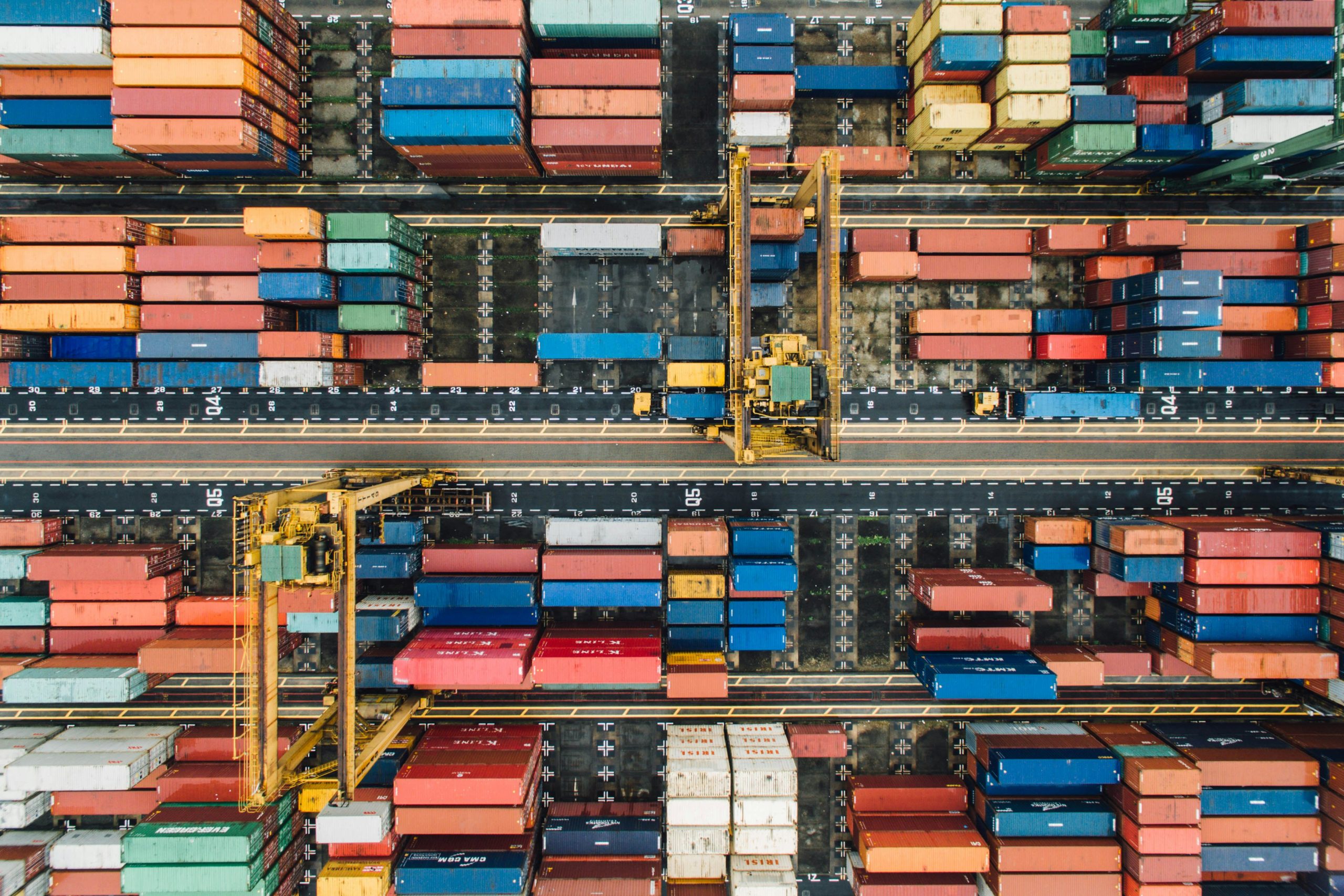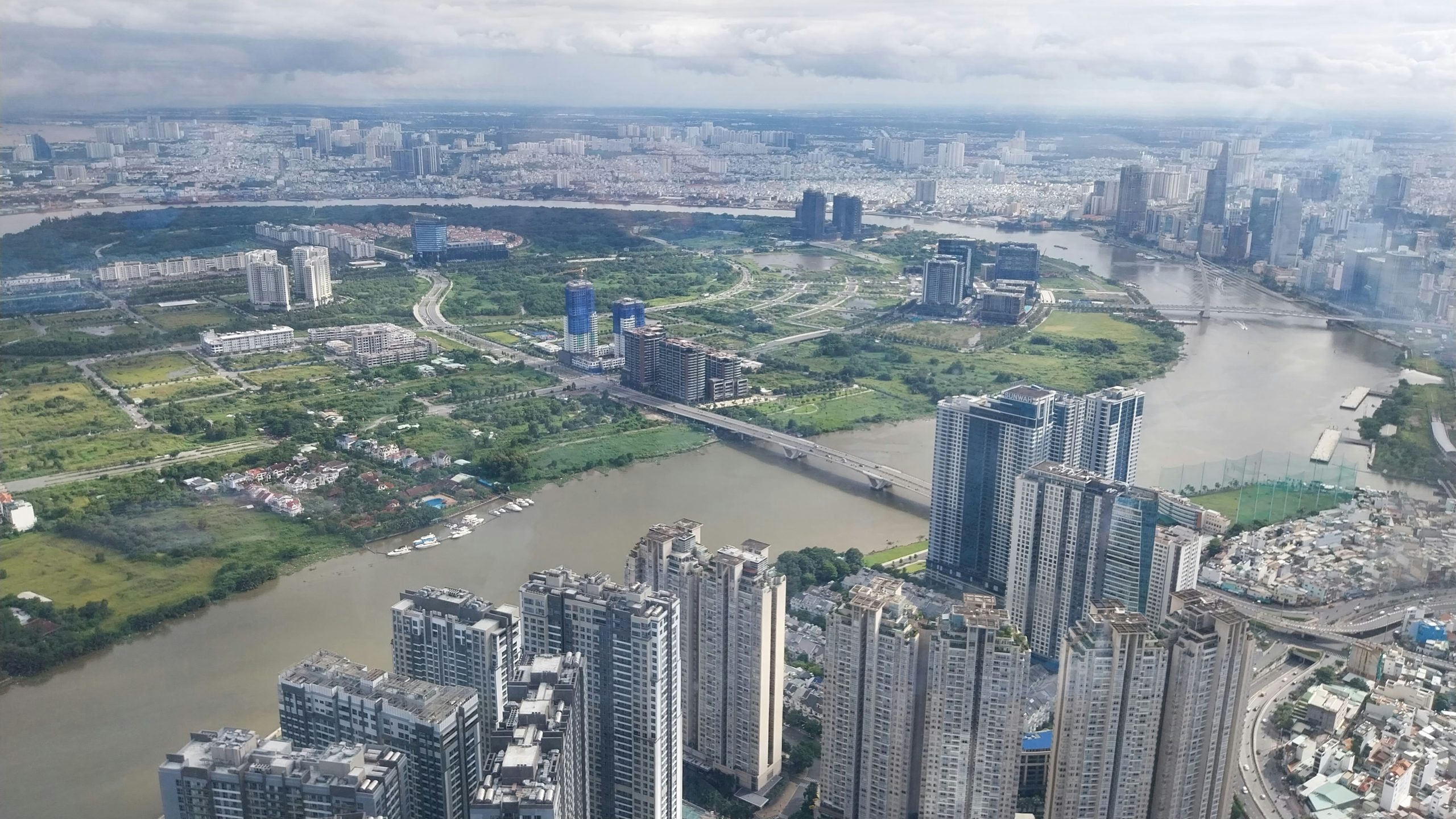The cold chain industry has experienced significant growth with projections indicating a 70% increase in nationwide cold storage capacity by 2028[1]. In this article, B&Company will analyse Vietnam’s cold chain industry, examining its current situation, growth drivers, challenges, key players, and future outlook. In addition, the full article provides valuable insights for businesses looking to succeed in the Vietnamese cold storage industry by staying attuned to market trends, evolving consumer preferences, and leveraging advanced technologies.
Situation of cold storage capacity in Vietnam
The cold chain industry in Vietnam has experienced significant growth in recent years, transforming into a promising segment of the country’s industrial real estate market. This development has captured the attention of both domestic and foreign investors, leading to a substantial 48% expansion in cold storage capacity over the past three years[2]. As a vital component of the cold chain in Vietnam, cold storage facilities play a crucial role in preserving the quality and safety of various products such as seafood, meat, fruits and vegetables, etc.
In 2023, there was 101 commercial cold storage providers operating in Vietnam, with a combined design capacity surpassing one million pallets[3]. Cold storage facilities are generally concentrated in clusters, mostly within industrial parks or along river ports and seaports, primarily in the southern region (which accounts for up to 87% of the total national supply[4]), especially in Long An province due to the development of the fisheries and agriculture sectors; they are closely connected to the agricultural heartland of the Mekong Delta region and are in close proximity to Ho Chi Minh City.
As of 2023, the top 5 cold storage providers in Vietnam are Lineage Logistics, Transimex, Hung Vuong, AJ Total, and Hanaro TNS. Top 10 cold storage providers collectively held a 46.5%[5] market share.
Cold storage of Transimex in Long An
Source: Transimex
In addition, Japanese companies are also showing interest in the cold storage business in Vietnam. A prominent example is the CLK cold storage facility owned by the investors Cool Japan Fund Inc., Japan Logistics Systems Corp., and Kawasaki Kisen Kaisha, Ltd., which has been operating since 2015 in Binh Duong province. The warehouse has a total area of 19,210 square meters and a capacity of up to 20,897 tons (JRT standard) [6].
CLK Cold Storage in Binh Duong
Source: CLK Cold Storage
Drivers of the growth of the cold chain industry
The increasing demand for cold chain services in Vietnam can be attributed to several key factors. Firstly, Vietnam’s thriving seafood export industry relies heavily on efficient cold chain logistics to maintain the freshness and quality of its products during transportation to international markets. Secondly, the export and domestic consumption of products such as fruits, vegetables, dairy and pharmaceutical products, which are subject to strict temperature requirements to ensure product integrity and efficacy as well as maintain their quality and reduce spoilage, has contributed to the growth of the cold chain industry in general, and cold storage capacity in particular in Vietnam. Thirdly, the rising middle class and changing consumer preferences demand for organic and fresh food have led to an increase in high-quality and fresh food imports, which require proper cold storage to extend their shelf life and ensure food safety.
Example of a cold storage facility for beef preservation
Source: TST Company
Challenges
However, the cold chain industry in Vietnam faced some remaining challenges, which have negatively impacted the cold storage industry. In 2023, due to the effects of the broader economic environment, the overall occupancy rate of warehouses has not been high, with polarization between different types of storage facilities. Additionally, the cold storage segment has been the most affected by the challenging economic conditions, as demand has declined while a large amount of new supply was added to the market in 2022, leading to occupancy rates for cold storage facilities reaching only 50-60% on the market. As a result, storage fees and cold storage service prices have also been impacted, with a 20-30% decrease compared to the peak levels observed in 2021.
Outlook in the future and Insights for business
Despite these recent challenges, the long-term outlook for the cold chain industry in Vietnam remains positive. It is forecasted that Vietnam’s nationwide cold storage capacity will expand to over 1.7 million pallets by 2028, with 13 new projects planned for the 2024-2028 period[7]. This represents a substantial 70% increase in the country’s cold chain supply over the next five years. This is attributed to signs of recovery shown in seafood and meat exports by the end of 2022. The OECD-FAO predicts that by 2030, Vietnam will have the highest per capita beef consumption in Southeast Asia, further underscoring the potential for growth in the cold chain industry.
Given the supply-demand gaps in the industry, this represents significant growth opportunities for businesses in the future. In addition, businesses should consider investing in cold storage infrastructure, implementing advanced technology solutions to enhance cold chain visibility, traceability, and temperature monitoring can ensure product quality and minimize waste. Collaborating with retail chains and e-commerce platforms allows cold chain businesses to offer end-to-end logistics for fresh and frozen products. As online grocery shopping grows, efficient cold chain logistics are crucial for timely delivery and customer satisfaction.
Furthermore, businesses should explore opportunities in the growing fruit and vegetable export and domestic markets, which require temperature-controlled storage and transportation. By offering value-added services such as packaging, labelling, and distribution, companies can capture a larger share of the cold chain value chain and differentiate themselves from competitors.
Conclusion
In conclusion, the cold chain industry in Vietnam presents a wealth of opportunities for businesses looking to capitalize on its expected growth. With the right strategies, investments, and partnerships, companies can successfully navigate the challenges and emerge as leaders in this dynamic and promising market. By focusing on key customer segments, developing specialized solutions, and leveraging advanced technologies, businesses can contribute to the development of a robust and efficient cold chain infrastructure in Vietnam, ultimately benefiting both the economy and consumers alike.
[1] https://vnexpress.net/nguon-cung-kho-lanh-du-bao-tang-70-4722799.html
[2] Same as note 1
[3] Same as note 1
[4] https://trungtamwto.vn/chuyen-de/25235-thi-truong-kho-lanh-tai-viet-nam-nhieu-du-dia-cho-khai-pha
[5] Same as note 1
[7] https://vnexpress.net/nguon-cung-kho-lanh-du-bao-tang-70-4722799.html
| B&Company, Inc.
The first Japanese company specializing in market research in Vietnam since 2008. We provide a wide range of services including industry reports, industry interviews, consumer surveys, business matching. Additionally, we have recently developed a database of over 900,000 companies in Vietnam, which can be used to search for partners and analyze the market. Please do not hesitate to contact us if you have any queries. info@b-company.jp + (84) 28 3910 3913 |
Read other articles











